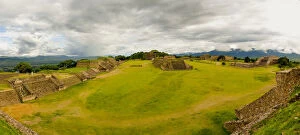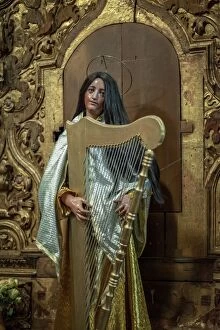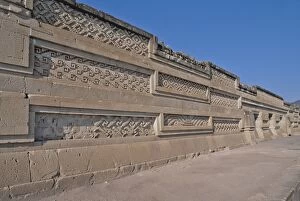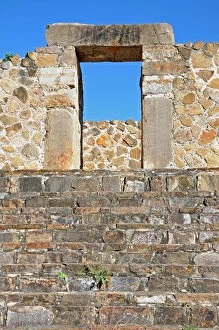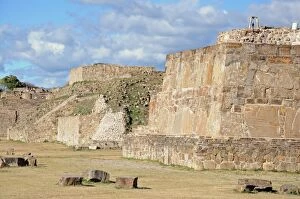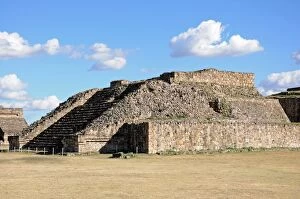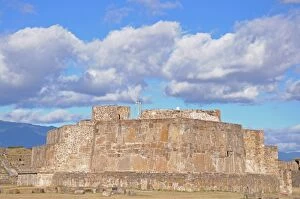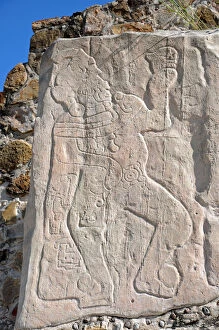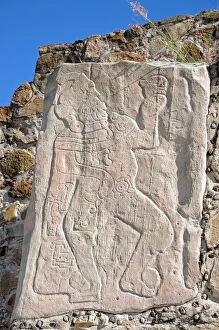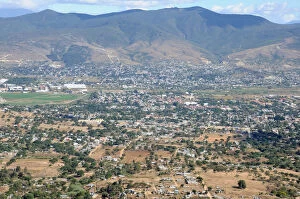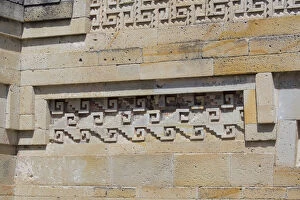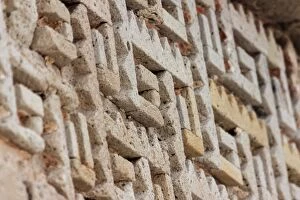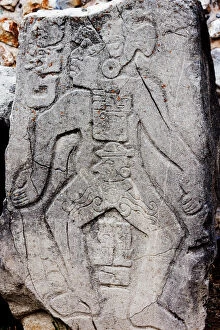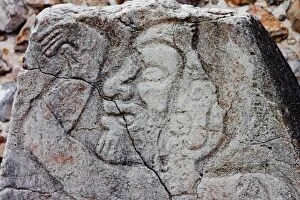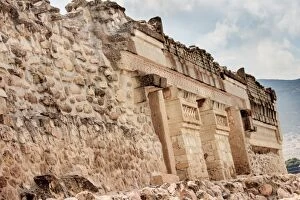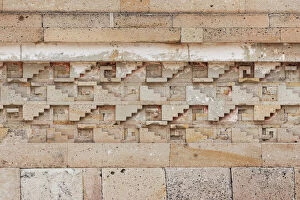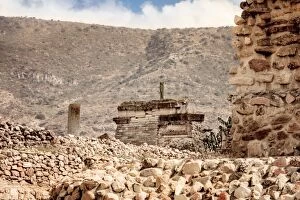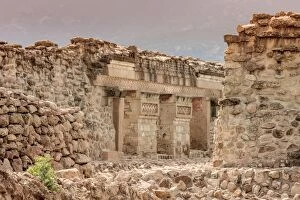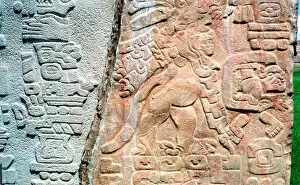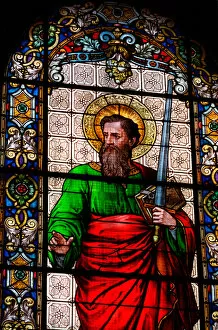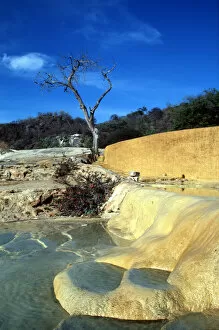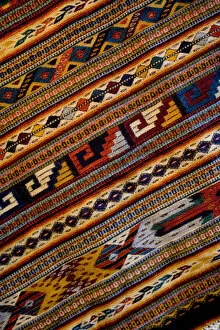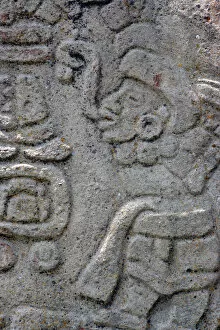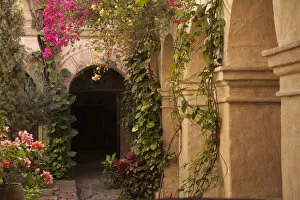Oaxaca Collection (#6)
Welcome to Oaxaca, a vibrant city in Mexico known for its rich cultural heritage and breathtaking landscapes
For sale as Licensed Images
Choose your image, Select your licence and Download the media
Welcome to Oaxaca, a vibrant city in Mexico known for its rich cultural heritage and breathtaking landscapes. Immerse yourself in the colorful Mexican Folk Dance that fills the streets with joy and rhythm, and is famous for its Day of the Dead Folk Art, where intricate designs and vibrant colors come together to honor loved ones who have passed away. Explore Oaxaca City's charming streets adorned with traditional decorations that celebrate this unique tradition. Indulge your senses at a restaurant nestled amidst nature, featuring an old DC3 aircraft in its garden. As you savor delicious Mexican cuisine, take in the fascinating history of Diego Rivera's Zapotec Civilization artwork adorning the walls. Visit the magnificent Church of Santo Domingo de Guzman, an architectural masterpiece showcasing Oaxacan craftsmanship. Its grandeur reflects centuries of devotion and spirituality. Discover the Agave cactus fields used for making Mezcal, a traditional Mexican spirit deeply rooted in Oaxacan culture. Witness firsthand how this iconic drink is crafted by skilled artisans using age-old techniques. Venture into Tlaxiaco, located north City in the Mixteca Region, where ancient stelas with fragments of calendars transport you back through time. Marvel at these archaeological wonders that offer glimpses into Mexico's rich past. As you stroll along bustling streets, admire local weavers skillfully creating beautiful textiles right before your eyes. Their intricate patterns showcase generations of craftsmanship and creativity. Indulge your sweet tooth with Day of the Dead sweets made from traditional recipes passed down through generations. These delightful treats are not only delicious but also pay homage to this beloved celebration. Experience true tranquility as you wander through courtyards filled with arches and bougainvillea flowers at Camino Real Hotel—a haven tucked away within Oaxaca Province. The scent of blooming flowers will enchant your senses as you relax amidst this picturesque oasis.




